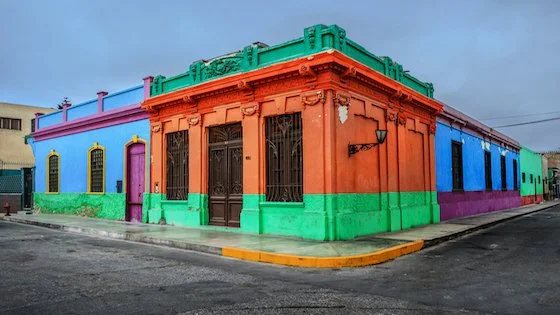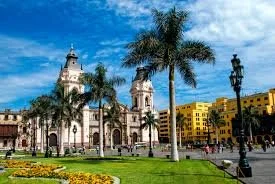A Descriptive Guide Exploring Lima
Exploring Lima: Major Tourist Hub of Peru, Lima the capital city of Peru, is a vibrant and bustling metropolis that offers visitors a unique blend of history, culture, and modernity. Founded by Spanish conquistadors in 1535, Lima has since evolved into a major tourist hub, attracting millions of visitors each year. In this essay, we will explore the foundation and major tourist attractions of Lima, as well as its cultural and culinary scene.
The history and foundation of Lima's foundation by Spanish conquistadors in 1535 marked the beginning of a new era for the city. The Spanish colonial influence on Lima's architecture and culture is still visible today, particularly in the historic center of the city. The significance of Lima as the capital of Peru is evident in its political, economic, and cultural importance.
Over the centuries, Lima's urban landscape and infrastructure have evolved to accommodate the needs of its growing population, with modern amenities and transportation systems now in place. Lima boasts a wealth of tourist attractions, from its historic center to its coastal districts. The historic center of Lima, including the Plaza Mayor and the San Francisco Monastery, is a UNESCO World Heritage Site and features stunning colonial architecture and art.
The bohemian district of Barranco is known for its art galleries, restaurants, and nightlife, while the coastal district of Miraflores offers parks, beaches, and shopping centers. Each of these districts offers a unique experience for visitors, showcasing the diversity and richness of Lima's cultural heritage. The cultural and culinary scene in Lima is renowned for its culinary scene, which features a fusion of traditional Peruvian flavors with international influences.
Visitors can sample a range of dishes, from ceviche and lomo saltado to fusion cuisine that blends Peruvian and Asian or European flavors. In addition to its culinary scene, Lima is also known for its music, dance, and festivals, which are an integral part of its cultural identity.
The city boasts a thriving art and theater scene, featuring both traditional and contemporary expressions that reflect Lima's vibrant and diverse cultural heritage.
In conclusion, Lima is a city that offers visitors a rich and diverse experience, from its historic center to its coastal districts, and from its culinary scene to its cultural and artistic expressions. Exploring Lima is a journey through time and space, where visitors can discover the city's colonial past, its modern and cosmopolitan present, and its vibrant cultural and culinary scene. Whether you are a history buff, a foodie, or an art lover, Lima has something to offer for everyone.







